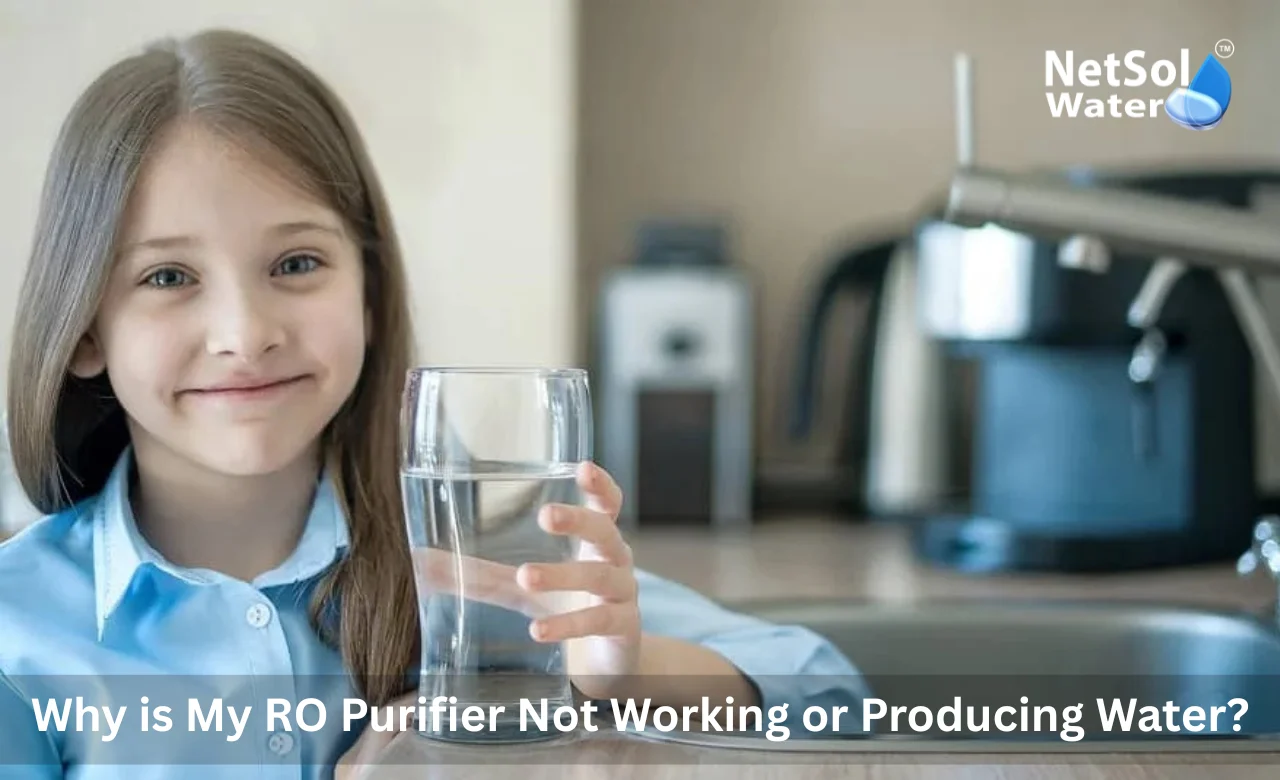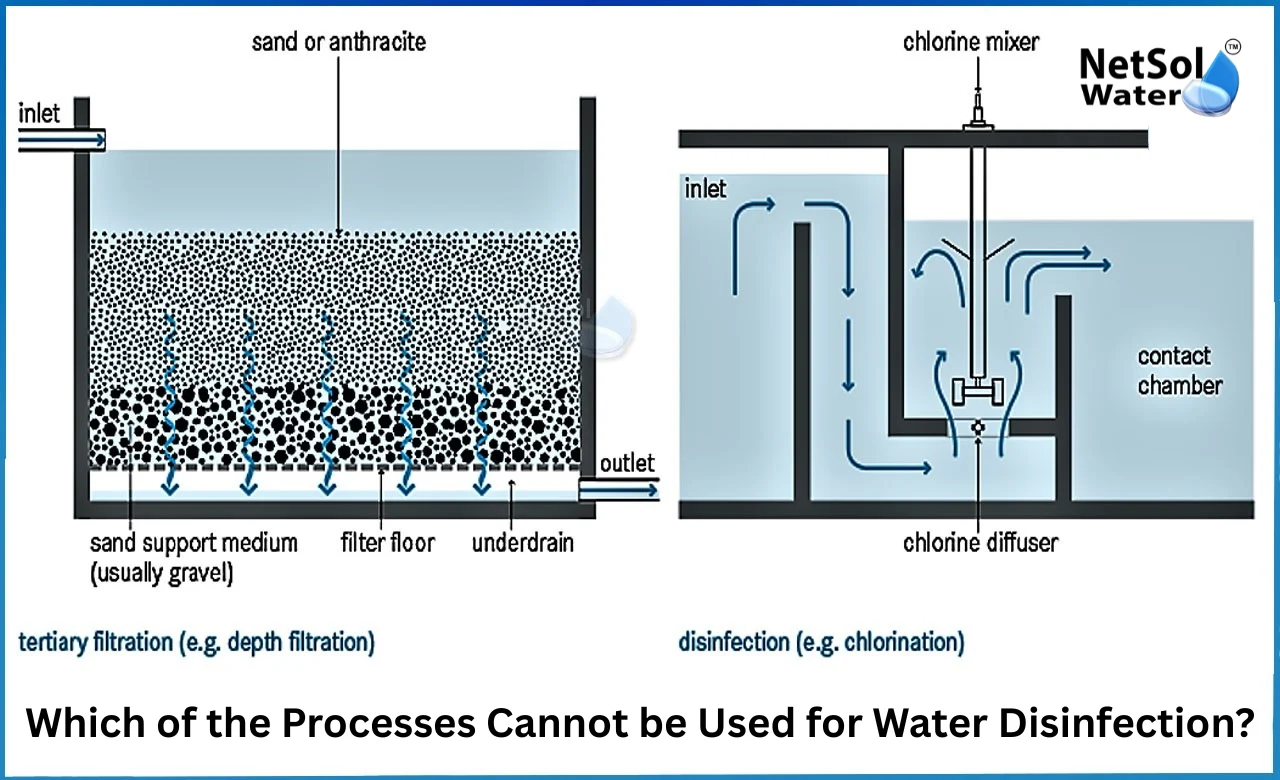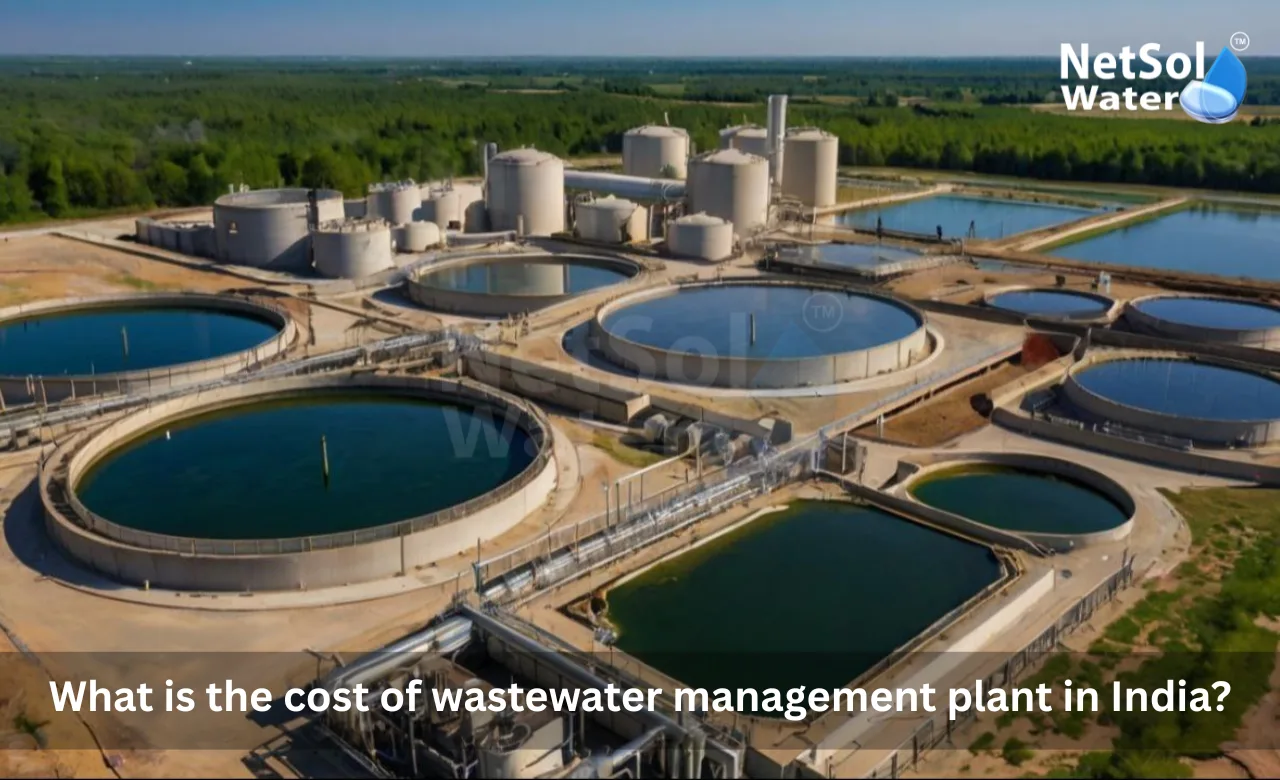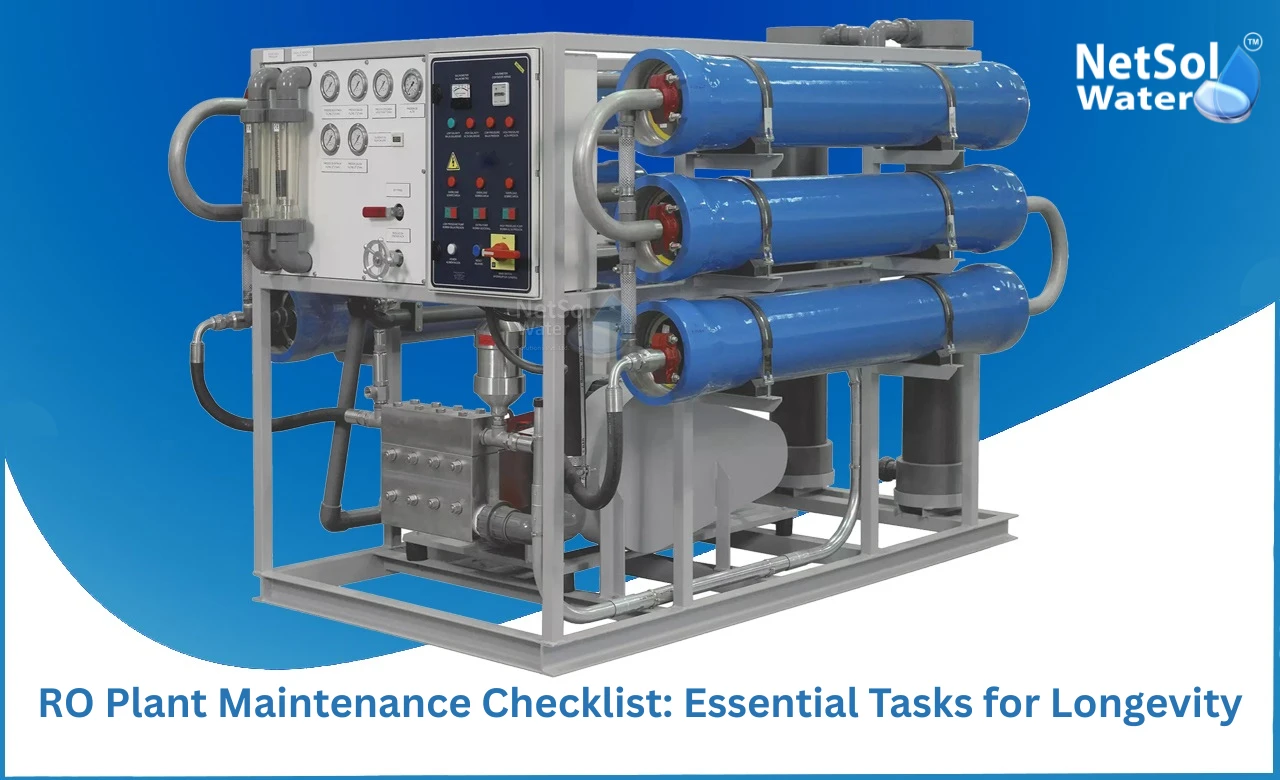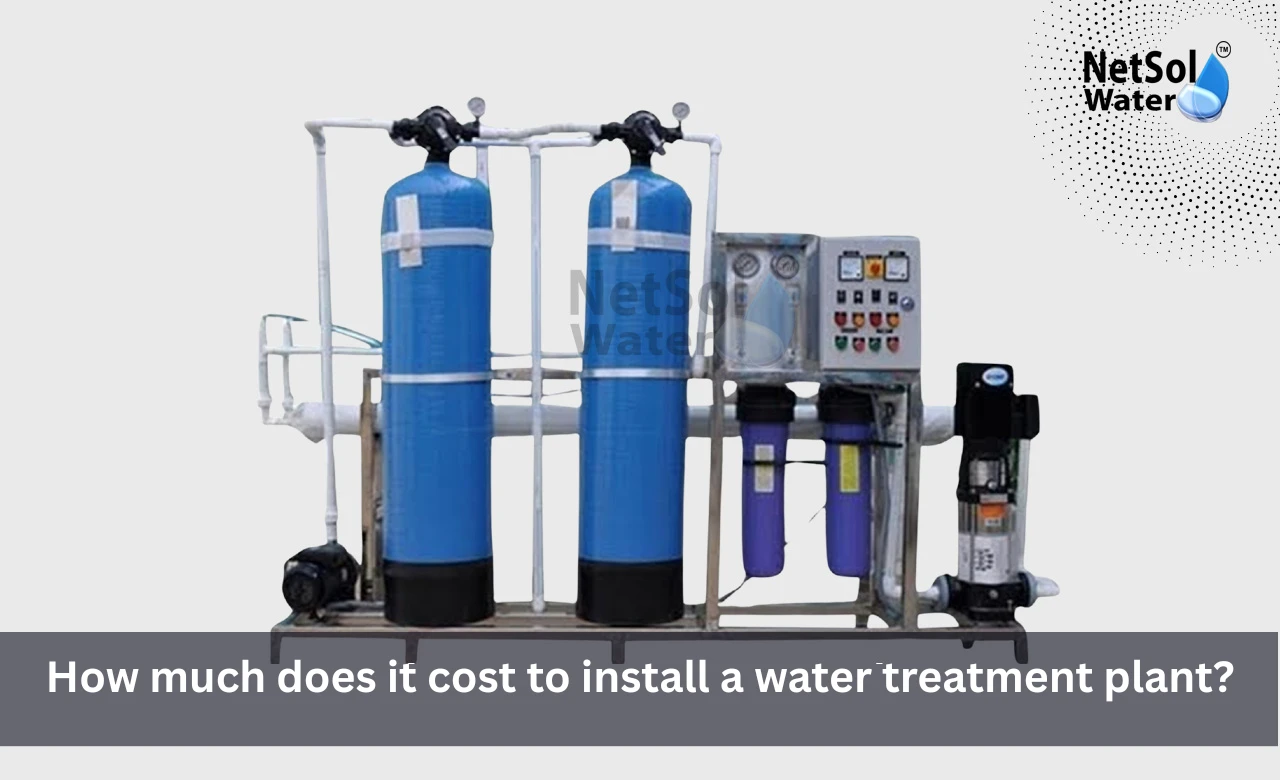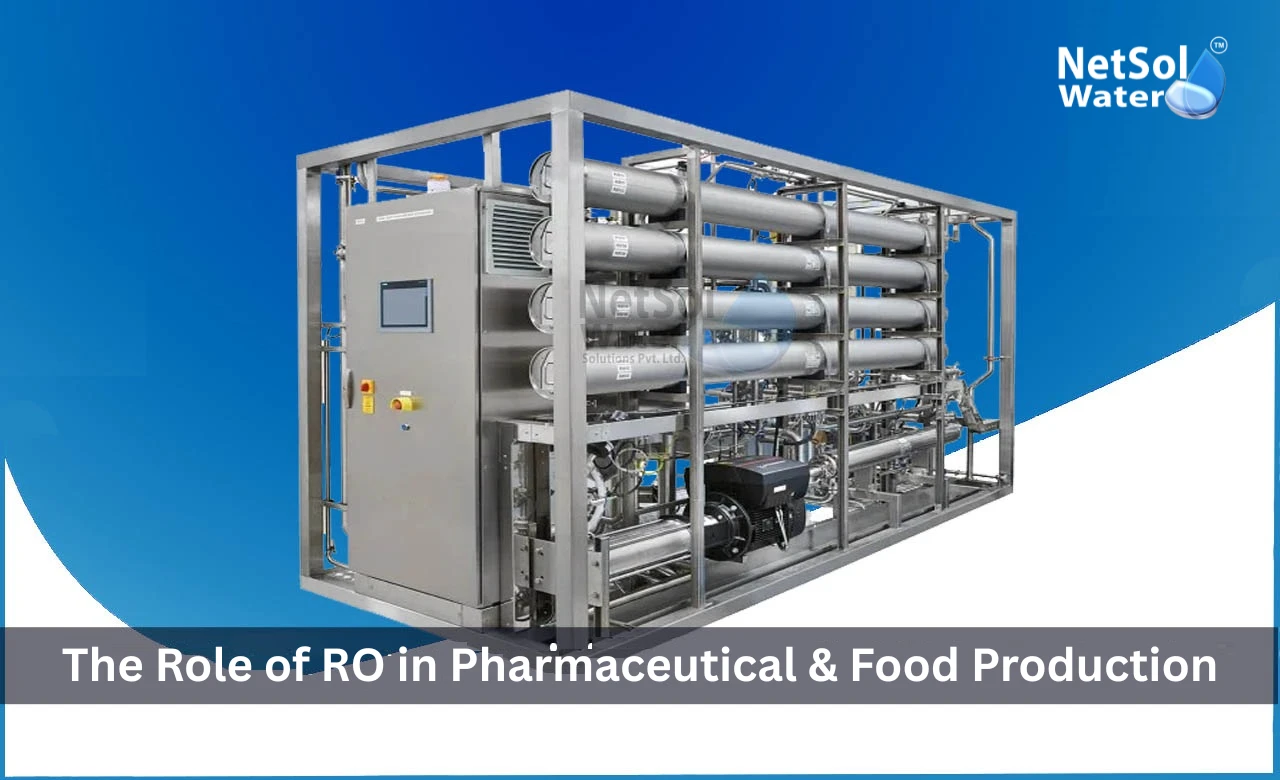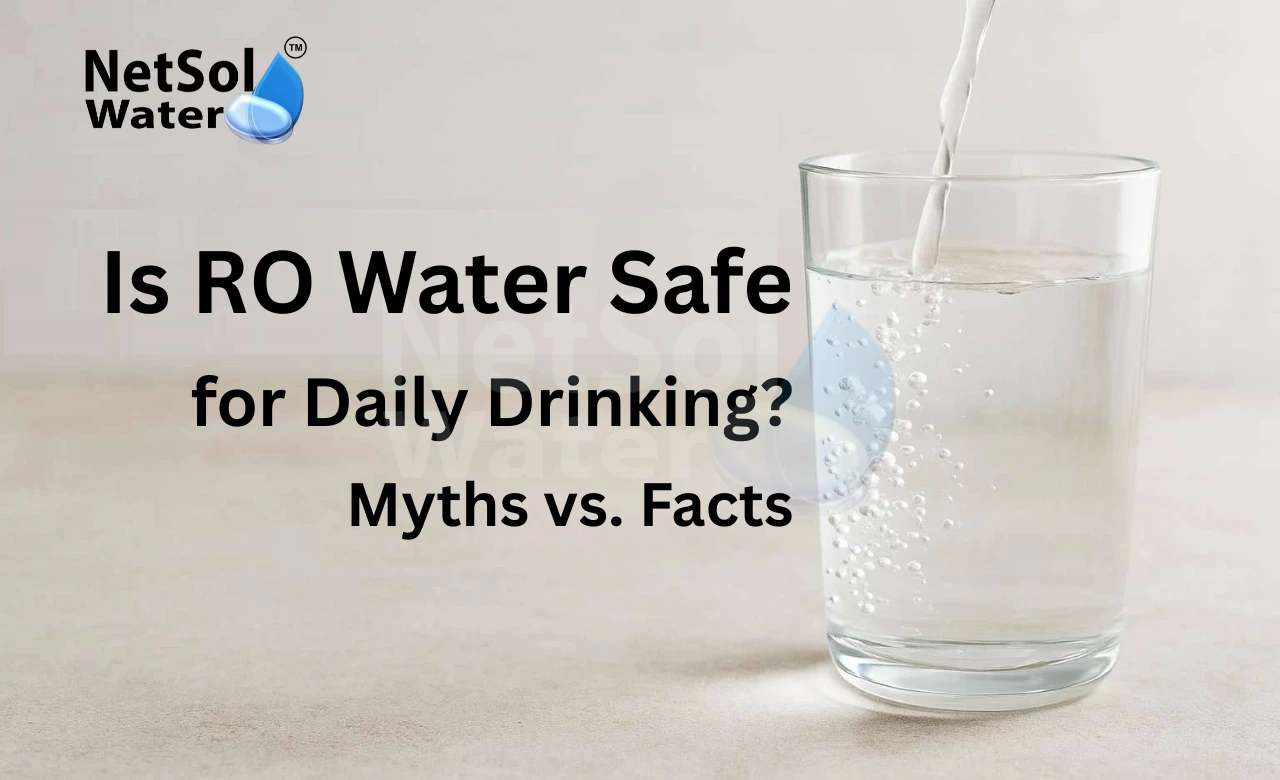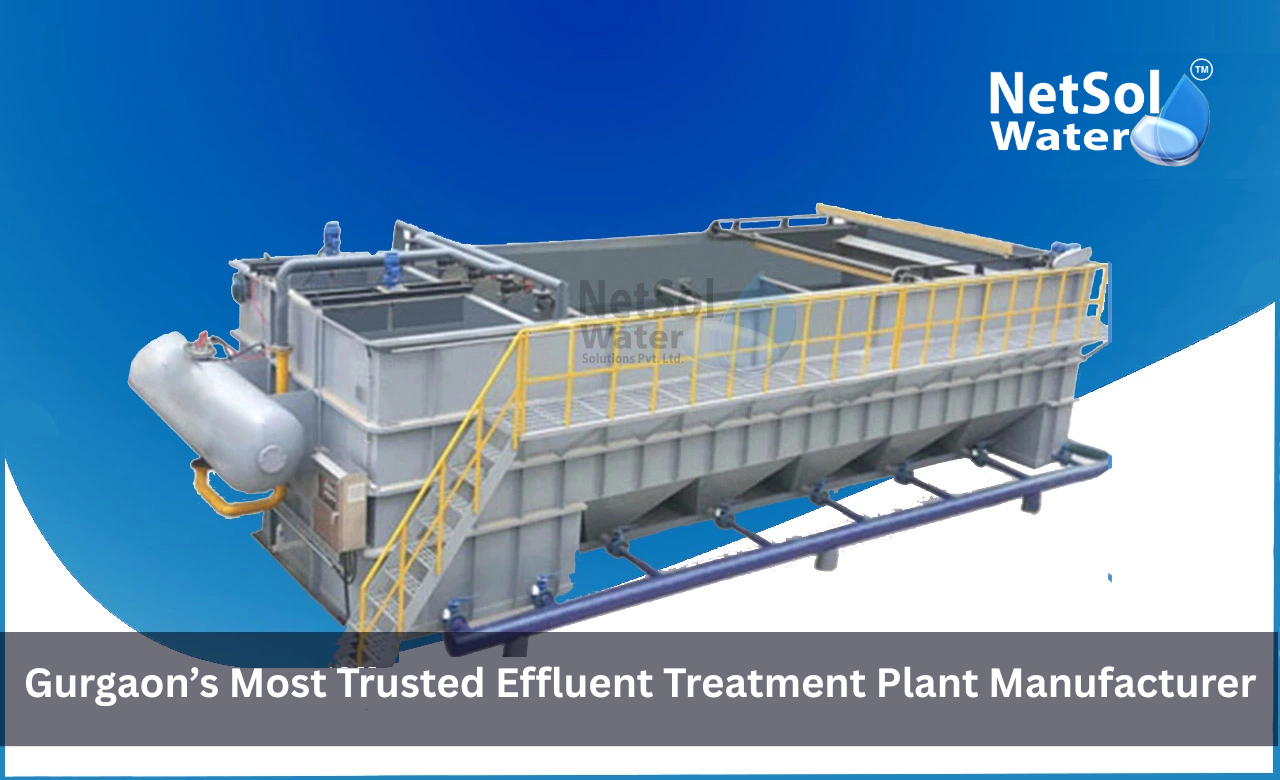Why is My RO Purifier Not Working or Producing Water?
Many people in factories and offices rely on clean water and they look for reliable solutions from a Commercial RO Plant Manufacturer. Netsol Water has experience in making plants for commercial use. We will explain why an RO purifier may stop working or may fail to produce water. Knowing the common causes helps to fix the machine faster and reduces downtime. Netsol Water supports clients with service and spare parts for large plants.
Mechanical and maintenance causes
Every RO plant needs regular care and checks. Let us have a look on some common mechanical reasons and how to inspect them.
Low inlet water pressure
Low water pressure can stop an RO from making water. The RO membrane needs steady pressure to push water through the thin layers that remove salts. If the inlet pressure drops the membrane will not get enough feed water and the system will reduce its output. Many commercial sites face low pressure at certain hours. The plant may run fine in the morning and slow down in the afternoon. A simple pressure gauge at the inlet helps to see the trend. If the gauge shows low pressure then check the feed valve and the main water line for any partial closure. Also check for blocked pipes that reduce flow. If the pressure stays low after these checks then consider a booster pump. A booster pump raises pressure and helps the membrane to perform as designed. Installing a pump is a lasting solution for places with poor municipal pressure. Netsol Water as a Commercial RO Plant Manufacturer supplies pumps and installs them on demand.
Clogged pre filters and membrane
Clogged filters will cut the flow and can cause the RO to stop making water. Pre filters collect sand and sediment and they protect the main membrane. If these filters fill up then the plant gets little feed water. Membranes also foul over time from scale and organics. Cleaning or replacing the filters will restore flow. A proper schedule will prevent sudden stoppages. First inspect the sediment filter and the carbon filter for visible dirt. Next test the membrane by measuring the conductivity of the permeate. If the permeate becomes poor or if the flow drops then the membrane needs service. Use chemical cleaning for organic and biological fouling. Use a new membrane if cleaning does not restore output. Netsol Water as a Commercial RO Plant Manufacturer provides filter spare parts and offers service plans for regular replacement and cleaning.
Electrical and system control issues
Modern RO plants use pumps valves and sensors that need stable power and correct settings. Let us have a look on some common control failures and how to correct them.
Faulty booster pump and motor
A failed pump will stop the feed to the membrane and the RO will not make water. Motors may overheat or the wiring may fail. Pumps can also lose prime and then they will not pump water. A regular motor check is important to keep the plant running. Check for power at the motor terminals and listen for any strange noise when the pump runs. If the pump runs without moving water then the impeller or the suction line may be blocked. If the motor does not run then inspect the starter and the control panel for tripped breakers. Repair or replace the pump as needed. A qualified technician should handle motor work for safety and for warranty reasons. Netsol Water as a Reverse Osmosis Plant Manufacturer can provide trained technicians for pump repair and for full service visits.
Automatic shut off valve and tank issues
Automatic valves and the storage tank work together to stop flow when the tank fills. If the shut off valve fails the system may close early or may never open. A blocked tank vent or a faulty float can create a false full signal and stop production. Check the tank pressure and the valve action. The tank may lose air pressure and then the RO will not push water into the tank. Use a pressure gauge on the tank to confirm the air charge. If the charge is low then re pressurize the tank to the recommended value. If the valve has an electrical signal then check the control board and the relays that operate the valve. Fixing these items will restore normal fill and restart production.
Read some interesting information for Sewage Treatment Plant Manufacturer
Conclusion
A careful check of both the simple mechanical parts and the control systems will solve most cases where an RO purifier is not working or not producing water. Regular maintenance and prompt replacement of worn parts will keep a commercial plant running with minimal downtime. Netsol Water as a Commercial RO Plant Manufacturer can help with supply service and technical support. Contact Netsol Water to request a site visit or to ask for a service plan. Reach out for a consultation and get expert help to restore water production quickly.
Contact Netsol Water at:
Phone: +91-9650608473
Email: enquiry@netsolwater.com

